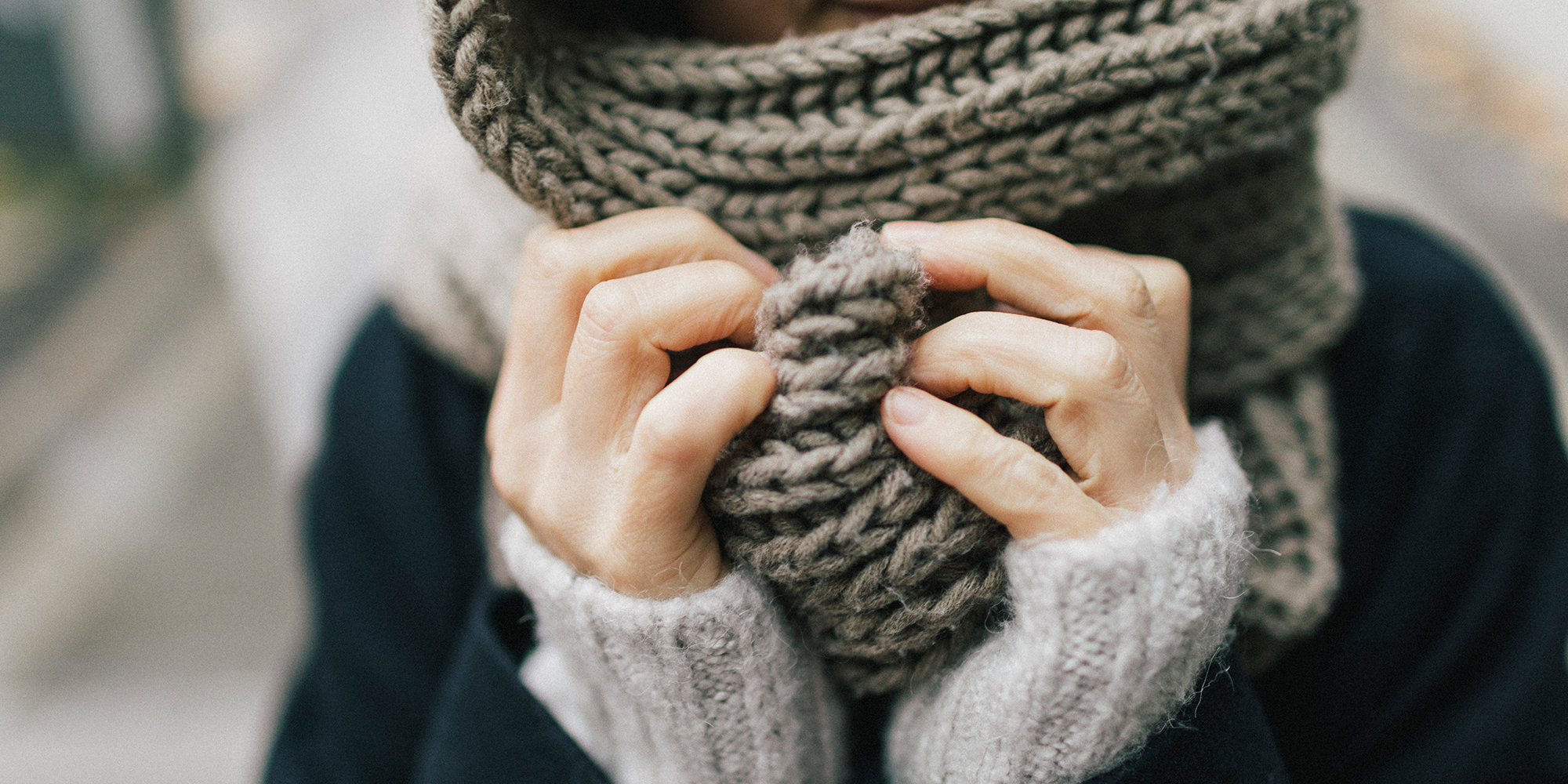How to Prevent Frostbite and Stay Safe in the Cold
January 18, 2016
Categories: Health & Wellness, Emergency Care
 By Arthur P. Sanford, MD, Burns and Trauma Surgeon
By Arthur P. Sanford, MD, Burns and Trauma Surgeon
Note: Cook County has a number of warming centers to help residents who do not have adequate heating in their homes stay safe during from cold temperatures. See the full list of warming centers on the Cook County website.
People often underestimate the dangers of cold weather and are unaware what can happen when they don't properly protect themselves.
Frostbite is serious and can lead to amputation, so don't kid yourself that you can tough it out during an Arctic blast.
Here's what happens when your body is not properly protected from the cold:
- Exposure to cold air reduces blood flow to the skin's surface.
- The body will work to keep your head and internal organs warm.
- As a result, the body parts farthest from the heart, such as toes, fingers, ears and the tip of the nose, are the most susceptible to reduced blood flow. These same areas also are more likely to be exposed to the cold.
- The restricted blood flow can lead to freezing and death of skin tissue.
At first, the affected area may pale or turn red and hurt. Next, it may have a prickling feeling. Then the area loses feeling, and its color may fade to white or a bluish or grayish hue.
When the area becomes numb, you may not realize you have frostbite until you or someone else sees it. When frostbite does occur, it is critical to know what to do and what not to do.
First, don't ignore symptoms! The sooner it's treated, the better.
Next, follow these tips to help warm the affected area of the body:
- Get out of the cold and into warm shelter: I recommend rapid rewarming using blankets or a heating pad, but only if the temperature can be controlled well and it can shut off automatically.
- Use water to warm the affected area: If you need to use water to warm the area, use room temperature or slightly warm water to gently revitalize parts of the body that have had prolonged exposure to the cold.
- Don't use hot water: Have someone else check the temperature before you submerge the frostbitten area. It will not sense heat as well as it normally would, and you can suffer a burn on top of the frostbite injury. Many hot water heaters produce water at a temperature that can cause a third-degree scald in less than 3 seconds.
- Don't rub with handfuls of snow
- Don't vigorously massage any frozen area: Overstimulation can worsen the damage of the affected area
- Seek medical help if the skin develops blisters, is pale and numb or is red and very painful: An emergency physician will assess the tissue and take the proper steps to save the body part.
Respect the cold and know the risks of being outside. How cold you – and your skin – feel is a function of three things:
- Environmental temperature
- Wind speed
- Water
When you combine the first two factors (temperature and wind speed), they create the wind chill factor.
For example, a temperature of 0 Fahrenheit with 15 mph winds produces a wind chill of -19 Fahrenheit, which causes frostbite in 30 minutes.
This and other examples of wind chill and frostbite risk are available in The Old Farmers Almanac.
The third factor, water, also is a very important risk factor. If skin is wet, it will freeze at warmer temperatures.
Here's how you can protect yourself from these three factors:
- Dress in layers: If a sweater, pair of socks or other article of clothing gets wet, you can quickly remove it and still be protected.
- Wear warm gloves or mittens: Texting gloves or half-gloves may be handy for using a smartphone or showing off nails, but fingers are one of the first body parts to feel the cold.
- Wear a snug hat that covers your ears and the top of your head: This will protect your ears and help you to retain body heat.
- Wear warm socks and boots that will stay dry: Wet socks are especially dangerous and can lead to a condition called trench foot, which results in poor blood circulation, tissue decay, infections and even amputation.
Frostbite is preventable in most cases. So protect yourself and stay safe!
Arthur P. Sanford, MD, is a burns and trauma surgeon at Loyola Medicine. His clinical interests include burns.
Dr. Sanford received his medical degree from Creighton University School of Medicine. He completed residencies in surgery at Creighton University School of Medicine Affiliated Hospital and Los Angeles County/USC Medical Center. He completed fellowships in burn surgery at Los Angeles County/USC Medical Center and clinical burn at Shriners Burn Hospitals for Children.
Loyola Medicine’s Burn Center is one of the busiest in the Midwest, treating nearly 600 patients annually in the hospital and another 3,500 patients each year in its outpatient clinic.
The Burn Center at Loyola Medicine provides comprehensive care for adults and children suffering from burns, frostbite, complex soft tissue infections and other conditions.
Book an appointment today to see any of Loyola Medicine's specialists by self-scheduling an in-person or viritual appointment using myLoyola.
